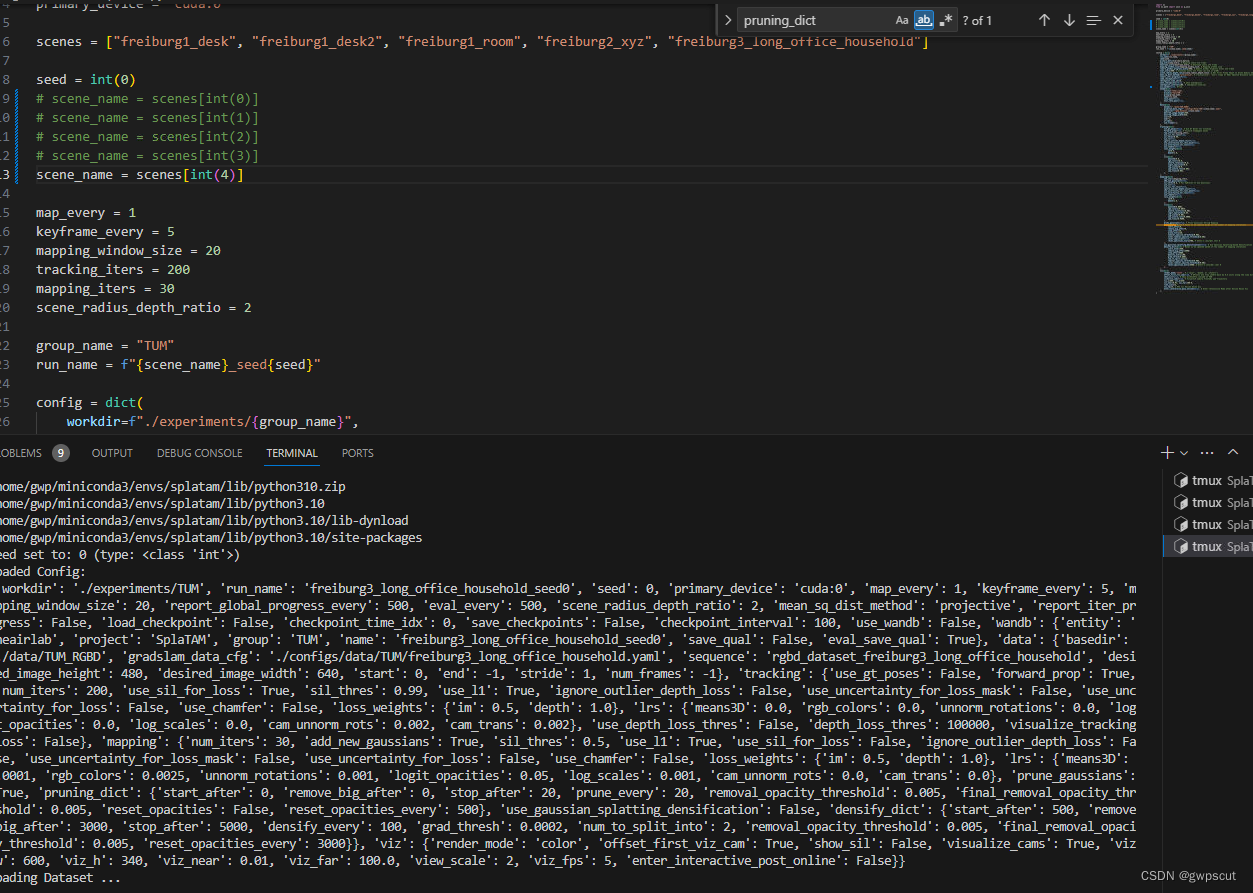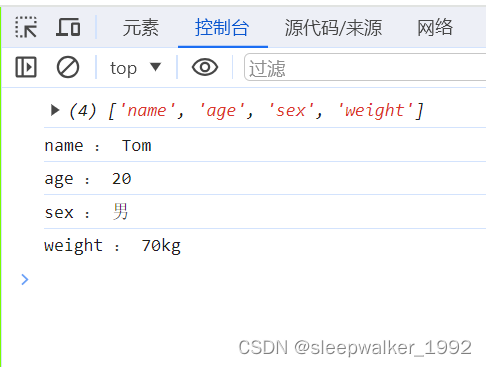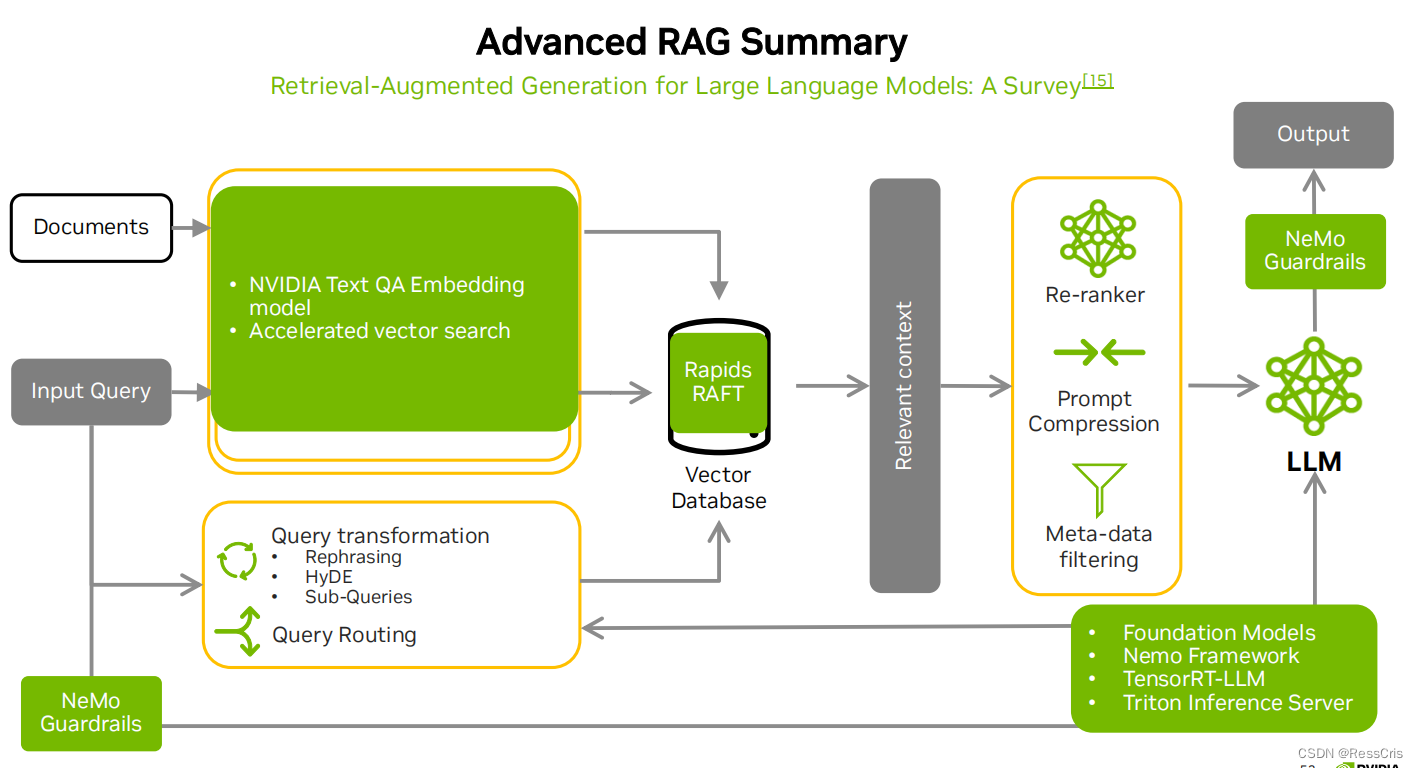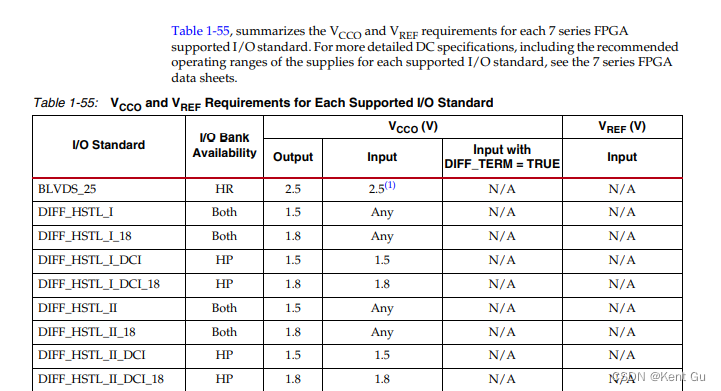文章目录
- 1 选择结构
- 1.1 if语句
- 2 循环结构
- 2.1 while循环语句
- 2.2 for循环语句
- 2.3 break、continue、pass在循环中的用途
对于 Python 程序中的执行语句,默认是按照书写顺序依次执行的,这时称这样的语句是顺序结构的。但是,仅有顺序结构还是不够的,因为有时需要根据特定的情况,有选择地执行某些语句.这时就需要一种选择结构的语句。另外,有时还可以在给定条件下重复执行某些语句,这时称这些语句是循环结构的。有了这三种基本的结构,就能够构建任意复杂的程序了。
1 选择结构
1.1 if语句
python中的if语句一般如下所示:
if condition_1:
statement_block_1
elif condition_2:
statement_block_2
else:
statement_block_3
- 如果 “condition_1” 为 True 将执行 “statement_block_1” 块语句
- 如果 “condition_1” 为False,将判断 “condition_2”
- 如果"condition_2" 为 True 将执行 “statement_block_2” 块语句
- 如果 “condition_2” 为False,将执行"statement_block_3"块语句
使用if语句的注意事项:
- 1、每个条件后面要使用冒号 :,表示接下来是满足条件后要执行的语句块。
- 2、使用缩进来划分语句块,相同缩进数的语句在一起组成一个语句块。
- 3、在 Python 中没有 switch…case 语句,但在 Python3.10 版本添加了 match…case,功能也类似
示例:输人学生的成绩 score,按分数输出其等级:score>90 为优,90 > score>80为良,80>score>70 为中等,70> score>60 为及格,score< 60 为不及格。
score= int(input("请输入成绩"))
if score>= 90:
print("优")
elif score>= 80:
print("良")
elif score >= 70:
print("中")
elif score>= 60:
print("及格")
else:
print("不及格")
if表达式中常用的运算符如下:
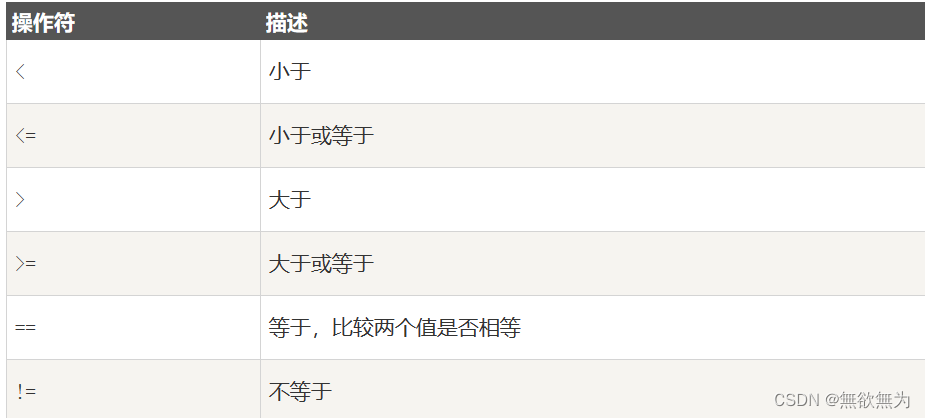
2 循环结构
2.1 while循环语句
一般使用形式如下:
while 判断条件(condition):
执行语句(statements)……
示例:使用循环打印数字
#!/usr/bin/python3
count = 0
while count < 5:
print (count, " 小于 5")
count = count + 1
else:
print (count, " 大于或等于 5")
2.2 for循环语句
一般使用形式如下:
for 序列中的项 in 序列:
循环体
- 打印数字示例
#!/usr/bin/python3
# 1 到 5 的所有数字:
for number in range(1, 6):
print(number)
- 计算 1~10 的整数之和,可以用一个 sum 变量做累加
sum=0
for x in [1,2,3,4,5,6,7,8,9,10]:
sum= sum+x
print("合计值:",sum)
2.3 break、continue、pass在循环中的用途
- break:当在循环中遇到 break 语句时,会立即终止当前循环,跳出循环结构,不再执行剩余的循环体代码。通常用于在满足特定条件时提前结束循环。
for i in range(10):
if i == 5:
break
print(i)
- continue:当在循环中遇到 continue 语句时,会跳过当前循环的剩余代码,继续下一次循环。通常用于在满足特定条件时不执行后续的循环体代码。
n = 5
while n > 0:
n -= 1
if n == 2:
continue
print(n)
print('循环结束。')
- pass:当在循环中遇到 pass 语句时,会执行一个空操作(什么都不做),程序会继续执行后续的代码。通常用于在语法上需要语句但实际不需要执行任何操作的地方。


